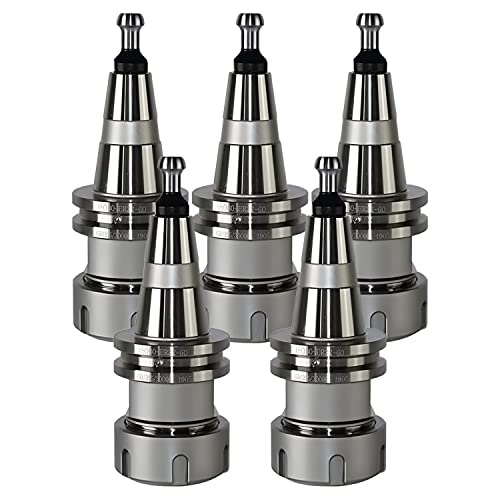Hi Orjan,
You can keep the motor and use an inverter, you just have to modify the internal wiring. I suspect your motor is too old to be dual voltage, but a couple of hours of fun with a soldering iron, some heat shrink sleeving, a goodly length of thread and some insulating varnish will see you up and running, oh and add an inverter to the list.
An inverter is usually cheaper than a converter and is certainly quieter. If you are going to use an inverter for speed control, go for an 'advanced vector control' type.
If you a only going to use it to supply three phase and use the original belt swapping to give different turning speeds then the cheaper type would do. The cheaper ones work fine in the 40-60 hertz upwards range, but they lack power low down.
I made the mistake of getting an entry level inverter for my Myford Super7B, but with that experience I got a better one for my other lathe. Having said that, I would not be without my inverter powered Myford for all the tea in China, especially as I only drink Coffee. ;D Once you have had variable speed you will be reluctant to give it up.
Going back to the quieter bit I mentioned above, one of my two converters used to drive me mad (only a short journey that one) with the noisy "Kerchunk" every time I started the motor.

. the other one used to Hum noisily, which was a constant irritation. My inverters are much quieter and the lathe motors seem to run more sweetly too.

Ned































![DreamPlan Home Design and Landscaping Software Free for Windows [PC Download]](https://m.media-amazon.com/images/I/51kvZH2dVLL._SL500_.jpg)









![TurboCAD 2020 Designer [PC Download]](https://m.media-amazon.com/images/I/51UKfAHH1LL._SL500_.jpg)

























